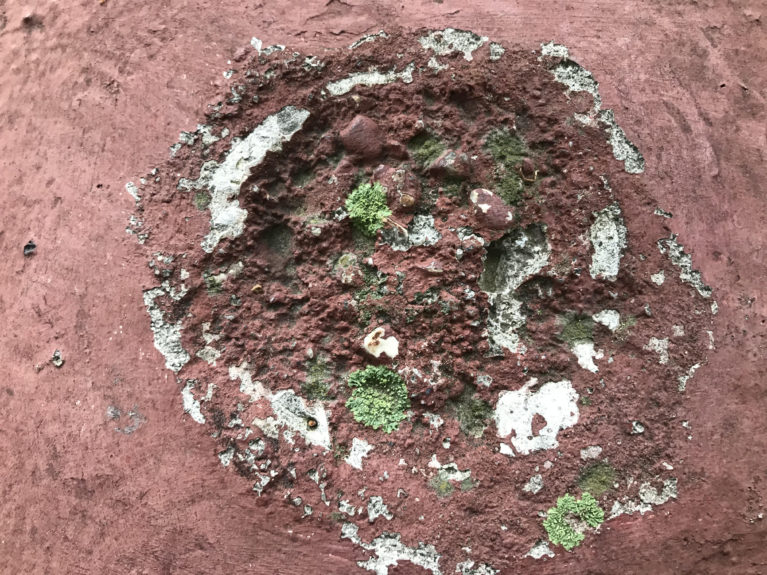Picture This!
We are nearing the end of one the strangest, most challenging years I’ve ever experienced as an educator. I am tired. My body is tired. My brain is tired. My heart is tired. This time of year is rough in the best of times and it’s especially hard to find the energy to push through this year. Spring Break never feels long enough, and the old to-do list just keeps growing. It is more important than ever to make sure that you take time for yourself to recharge and refresh. I wrote about self-care in the fall if you want a general overview of why it’s important to take time for yourself but this month I want to highlight how you can take up an art practice to refresh your mind and spirit. (Click here to see that post).

Mindfulness photography is a “meditation practice where the visual world and observation are the focuses.” The practice is more concerned with observation and interpretation rather than equipment and technique so anyone can take part. This article by photographer and mindfulness advocate, Benjamin Stevens, outlines the benefits of such a practice. TLDR: Going outside and slowing down to take in the world around you is always good for you!
Supplies Needed
A camera and access to the outdoors. Seriously. That’s it.
The camera on your phone or tablet is fine. No need for fancy equipment. And there’s no need to travel to a park or lush landscape. It’s actually better to rediscover your own surroundings and find beauty in things you take for granted.
Where Do I Start?
- First, choose a day and time that inspire you to enjoy the outdoors. If it’s too hot, too cold, too windy, etc. you won’t want to stay long enough to really take in your surroundings.
- Find a comfortable place and start observing the world around you. Look at your surroundings. Take time to really take in details. Notice the patterns in the bark of your favorite tree, the peeling paint on your deck chairs, the precise lines created by marching ants, flowers that have shed their petals. Once you find something that really fascinates you, start taking pictures.
- To better help you frame the shot, consider the Rule of Thirds. Break down your image into thirds, both vertically and horizontally, so that you have 9 parts. The theory is that if you place your subject or focal areas in the intersections or along the lines, your photo becomes more balanced and interesting. Studies have shown that our eyes tend to go to one of the intersection points rather than the center of the shot. Most cameras, including cell phones, display the grid automatically, so it’s easy to line up your photograph. In using the rule of thirds you force yourself to ask: what are the focal areas or points of interest AND where am I placing them?
- Start looking for new inspiration and repeat!

The great thing about this particular brand of self-care is that you can spend as little or as much time as you want. If you only have 5-10 minutes free, you can still take those 5-10 minutes for yourself and walk away refreshed and with a great photo. This is something that could easily be introduced into your classrooms, too, especially if you have access to a classroom set of tablets. Children need to engage in self-care, too. If you make time in your classroom for mindfulness, they will learn the importance of taking time for themselves.
If you’re thinking “I don’t have time frolic in the front yard, Brook. I have a mountain of papers to grade!” I hear you but it is imperative that you take time for yourself everyday, even if only five minutes. You’re too important to neglect! Remember, self-care isn’t selfish. It’s ESSENTIAL!
